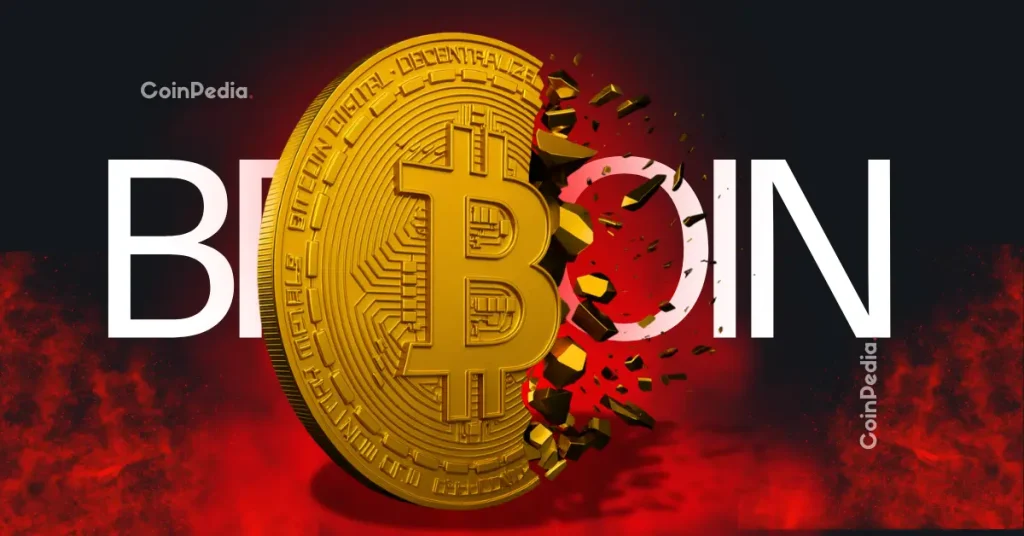Bluwhale introduces a new stablecoin agent to automate digital dollar investing across blockchains, aiming to merge AI automation with safer, risk-based yield strategies for retail users.
How Bluwhale’s new stablecoin agent aims to automate wealth building
On Nov. 19, 2025 in San Francisco, CA, Bluwhale unveiled its AI Stablecoin Agent, a decentralized tool that executes AI agent transactions across multiple blockchains. The platform is designed to help individual investors grow wealth with dollar-denominated digital assets in a fully automated and risk-aware way.
Stablecoins have quickly become one of the fastest-growing asset classes in Web3, with market capitalization now exceeding $300 billion. As consumers and businesses adopt digital dollars for payments, yield, and treasury management, integration momentum is building across major payment networks.
Visa, Mastercard, Stripe, and PayPal are now integrating stablecoin settlement, pushing digital dollars into the financial mainstream. However, despite this rapid growth, most investors still struggle to understand how these tokens work, how they differ, and how to deploy them intelligently.
What problem does Bluwhale solve for stablecoin investors?
Stablecoins typically maintain value by being collateralized with real assets. These can include fiat currencies such as the U.S. dollar, commodities like gold, or cryptocurrencies. Others rely on algorithmic mechanisms that dynamically manage supply and demand to hold their peg, which can be harder for retail users to evaluate.
As markets turn volatile, more investors are converting risk-on assets into digital dollars to limit price swings without leaving crypto rails. However, choosing between tokenized T-bills, CeFi yield accounts, DeFi lending protocols, or liquidity pools remains complex, especially across hundreds of blockchains and platforms.
Bluwhale’s AI Stablecoin Agent continuously scans hundreds of chains, protocols, and DeFi platforms to find the best risk-adjusted returns. It covers tokenized T-bills, CeFi interest products, DeFi lending markets, and liquidity pools, then automatically allocates capital to the most suitable strategy based on each user’s risk profile.
How do Bluwhale’s AI agents operate on-chain?
According to Jin, “the future of wealth building should be powered by AI agents that identify and manage financial options for you, 24/7.” Bluwhale’s agents are built to analyze, evaluate, and transact in real time on blockchain infrastructure, creating a dynamic layer of automated decision-making above DeFi protocols.
These AI agents look for surpluses of stablecoins in circulation during volatile markets and then route liquidity into yield and lending strategies. Moreover, they can trigger arbitrage opportunities, supply liquidity to DeFi pools, and participate in liquid staking strategies, collectively generating thousands of transactions and volume for the wider DeFi ecosystem.
Each allocation decision is personalized using multiple data points, including a user’s Whale Score—Bluwhale’s holistic financial health metric—plus on-platform behavioral data, current asset holdings, risk appetite, time horizon, and overarching financial goals. The outcome is effectively an autonomous, always-on portfolio manager for users’ stablecoin positions.
This system allows investors to grow wealth in digital dollars without needing to master complex DeFi interfaces or smart contract interactions. That said, Bluwhale positions its AI network as infrastructure for both novice users and sophisticated crypto natives seeking more efficient liquidity deployment.
How does the $BLUAI token power the Bluwhale network?
Jin describes a “powerful flywheel” at the core of Bluwhale’s design. As more AI agents serve a single user across different financial tasks, the number of AI queries on the network increases. This in turn leads to more $BLUAI being burned, with financial value routed back to users.
Every stablecoin transaction executed by Bluwhale’s AI agents consumes gas fees in $BLUAI, effectively turning on-chain activity into fuel for the network. Moreover, other agents available in Bluwhale’s agent store can address additional financial needs, from portfolio rebalancing and memecoin trading to higher-yield lending across platforms.
Bluwhale’s token and agent model has already attracted attention within crypto markets. External trackers such as CoinMarketCap follow BLUAI price and liquidity data.
Why is Gen Z driving demand for AI-powered stablecoin tools?
The launch comes as Gen Z rapidly shifts to digital dollars. According to a 2025 survey by Motley Fool, 42% of Gen Z already use stablecoins for daily purchases—three times Gen X—and 75% would accept their paycheck on-chain. This generational tilt is reshaping expectations for financial products.
With traditional finance often viewed by younger users as “clunky and opaque,” Bluwhale’s AI-driven tools aim to offer transparent, automated, and risk-aware alternatives. The Stablecoin Agent works across both self-custodial wallets and major exchanges, bridging CeFi and DeFi. Moreover, it connects on-chain activity with personalized financial intelligence.
Paired with the Whale Score, already used by 3.6 million people, the Agent can translate everyday transactions into measurable financial progress. To contextualize Gen Z sentiment around digital assets, readers can reference broader research on stablecoin usage trends published by The Motley Fool.
“The timing is perfect,” Jin said. “Stablecoin integrations are accelerating across payment networks, and AI agents will soon run most on-chain financial activity. Bluwhale is leading that transformation.” The Stablecoin Investment Agent is available now, following Bluwhale’s $BLUAI Token Generation Event.
What is Bluwhale’s vision for decentralized intelligence?
Bluwhale describes itself as a decentralized intelligence network building AI on blockchain infrastructure. Its marketplace of agents enables automated, personalized financial services tailored to a digital-first generation that demands transparency and control.
Backed by global financial institutions and leading blockchain ecosystems, the company aims to accelerate the future of digital finance and decentralized intelligence. Ultimately, Bluwhale sees its stablecoin agent and related tools as a gateway to AI-managed money, where programmable agents orchestrate complex strategies in the background while users stay focused on goals, not interfaces.
In summary, Bluwhale’s launch of its AI Stablecoin Agent combines decentralized AI, stablecoin infrastructure, and tokenized incentives into a single platform. If adoption tracks early Gen Z behavior, the model could signal how on-chain wealth management will operate in the coming decade.
Source: https://en.cryptonomist.ch/2025/11/19/stablecoin-agent-wealth-ai-bluewhale/


